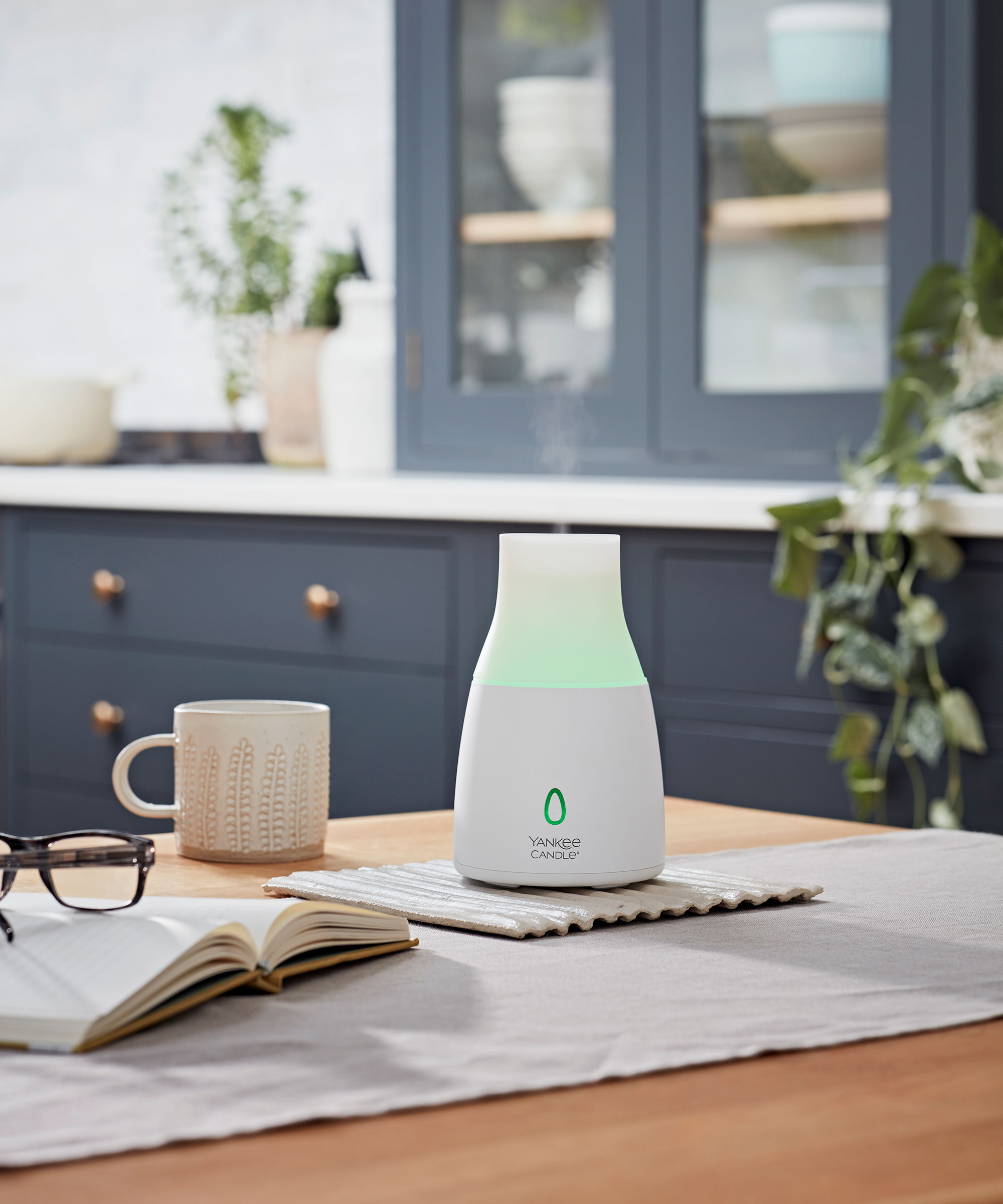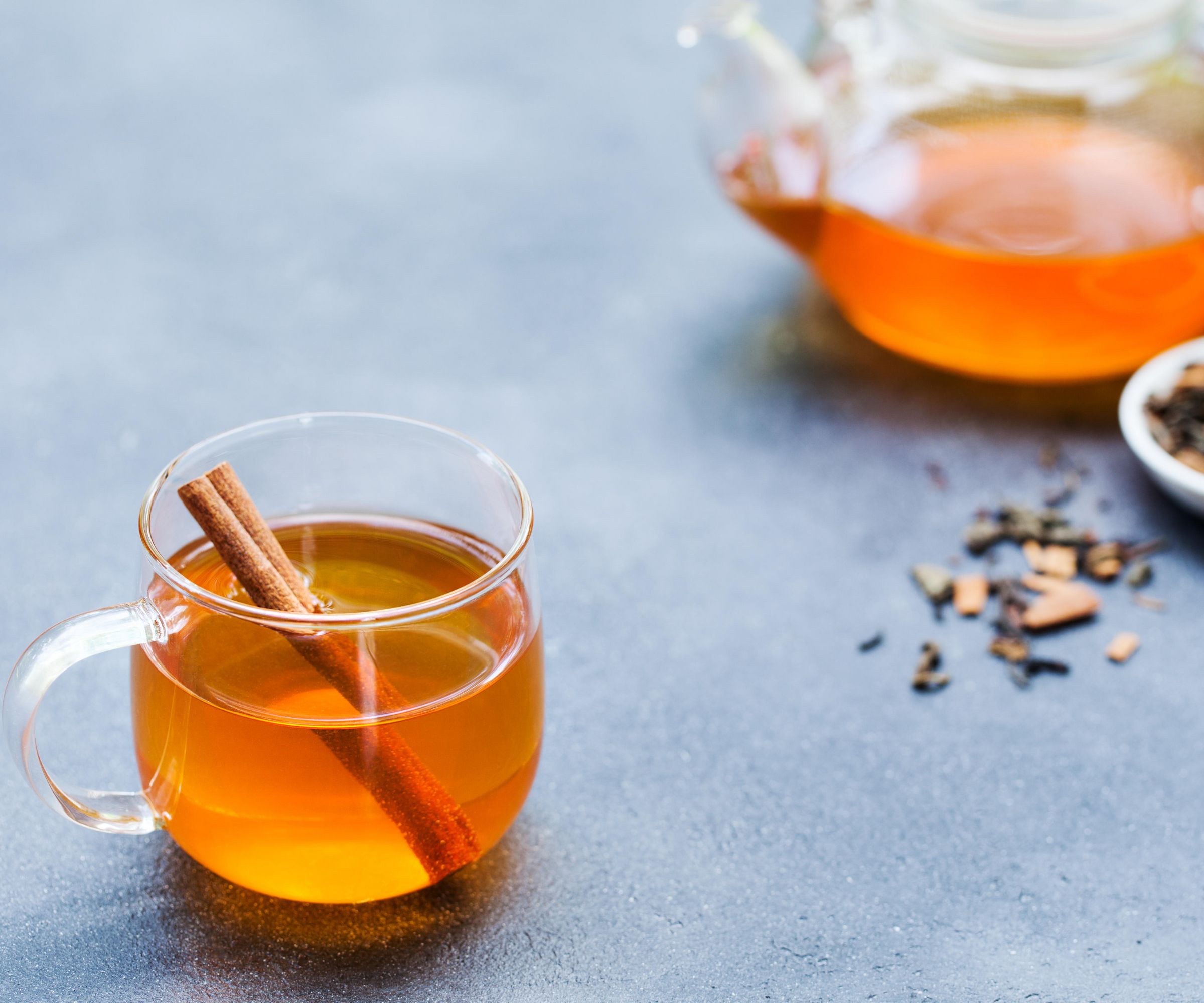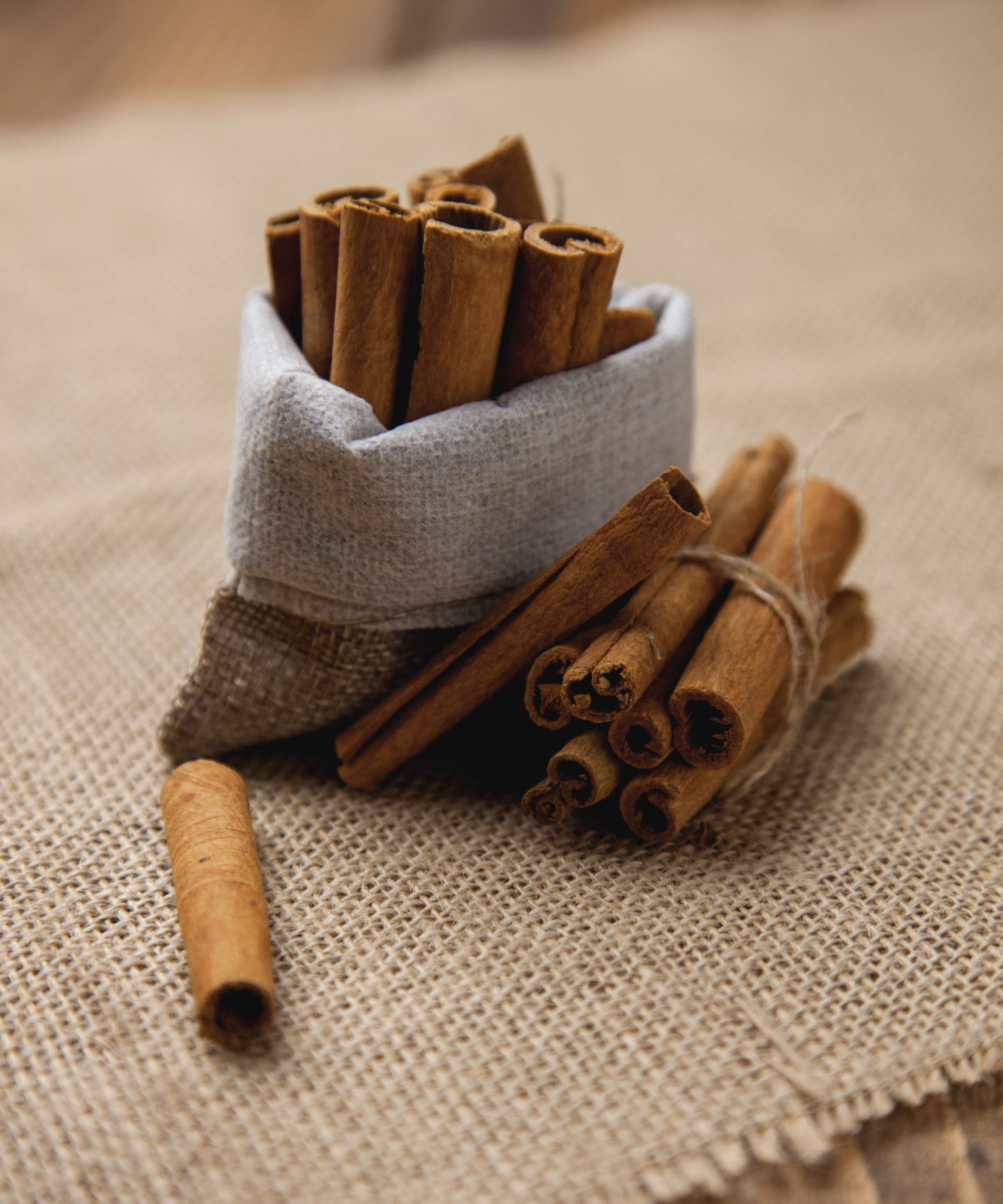
Mold is a common household issue that can damage the structural integrity of your home as well as being unhealthy, and finding natural, non-toxic remedies is always a priority. Surprisingly, cinnamon, with its antifungal properties, can suppress the growth of certain types of mold.
This eco-friendly cleaning product is the perfect preventative measure to get rid of mold. Cinnamon contains compounds such as cinnamaldehyde, which have shown to be effective fungicides, so finding ways to use this in contained areas in your home can inhibit mold growth temporarily while making your home smell nice.
Every day we seem to be stumbling upon new and inventive ways to use cinnamon, including mopping the floors with cinnamon and using cinnamon soil to deter gnats, and now our experts have explained how to use cinnamon to prevent mold growth. By adopting this sustainable practice as an alternative to using chemical-laden mold removers, you can create a healthier living environment.
How to use cinnamon to prevent mold
'Cinnamon, known for its strong antifungal properties, can be an effective natural remedy against certain types of mold,' says Michael Golubev, CEO of Mold Busters. Yet, while cinnamon can help prevent mold on surfaces, it's not a comprehensive solution for existing mold infestations, especially those deeply rooted in porous materials.
However, when using cinnamon to prevent mold growth, there are a few methods you can try.
1. Cinnamon essential oil

'Cinnamon essential oil, in particular, has been studied for its ability to inhibit mold growth,' explains Michael Golubev.
'For minor surface mold, a solution of cinnamon oil diluted in water can be sprayed onto the affected area.'
Use cinnamon regularly in your cleaning routine to prevent mold growth. Use it to spray surfaces prone to mold and mildew, such as shower curtains, grout lines, and hidden moldy spots in a kitchen.
Muffetta Krueger, cleaning expert at Muffetta Private Staff says: 'Mix a few drops of cinnamon essential oil with water in a spray bottle. Spray the solution directly onto the mold-affected areas.
'Allow it to sit for at least an hour to let the cinnamon oil penetrate and combat the mold.
'Wipe away the mold using a clean cloth or sponge.'
Another way to use cinnamon essential oils is in a diffuser.
'Use a diffuser with cinnamon oil to fight back against airborne mold spores that spread throughout the air. It will not only improve the way that your home smells, but it will also make your home safer,' explains Jane Wilson, cleaning expert at Fantastic Cleaners.
2. Cinnamon sticks

Another method you can attempt is boiling a few cinnamon sticks in water to create a potent cinnamon-infused solution.
After a few minutes of boiling, you can let the solution cool and transfer it to a spray bottle. The longer you let it boil, the more potent the mixture will be.
You can spray the mixture onto moldy surfaces and let it sit for some time
before wiping away.
You can find these cinnamon sticks at Walmart.
3. Cinnamon powder

'Create a paste by mixing cinnamon powder with water,' advises Muffetta Kruger. 'Apply the paste to the moldy areas, ensuring complete coverage.
'Let it dry and then scrub the affected surfaces with a brush or sponge.'
If you are cleaning the paste off delicate areas such as cleaning walls, be sure to do so gently with a microfiber cloth and a small amount of warm soapy water, using light, circular motions. You can find these microfiber cloths at Amazon.
4. Cinnamon sachets

Another method you can try, using cinnamon sticks, is to place cinnamon sachets in areas prone to mold growth, such as damp corners and closets. We recommend these cotton drawstring bags, from Amazon.
Be sure to avoid the cinnamon coming into contact with any materials it could stain.
The will naturally release cinnamon fragrance, helping deter mold and mildew and can be a more long lasting prevention method.
Safety and precautions

While cinnamon is safe to use and doesn't pose any health risks that are associated with some chemical mold removers, you should always wear gloves and a mask when dealing with mold, as it can be harmful to your health.
However, applying large quantities of cinnamon powder or oil might lead to skin irritation or respiratory issues for sensitive individuals, so be cautious when attempting this method.
Effectiveness

Remember, the best way to deal with mold is to prevent it. 'While cinnamon might have some anecdotal uses in combating mold on a small scale, it's essential to approach mold remediation with comprehensive strategies and, if needed, professional assistance to ensure a complete and lasting solution,' says Karina Toner, at Spekless Cleaning.
'Cinnamon's effectiveness in eliminating mold is limited,' says Karina Toner. 'Mold often thrives in damp environments and can penetrate surfaces deeply. Cinnamon might deter surface growth temporarily but may not eliminate the root cause of the mold or prevent it from returning.
'It's important to be cautious and monitor the effectiveness of natural remedies.'
Additionally, cinnamon can be an effective preventative measure against some types of mold, it's important to note that it may not work for all mold species or in all situations.
Cinnamon is more of a temporary solution and cannot address any underlying moisture issues causing the development of mold. Instead, cinnamon can be a suitable method for small areas and preventive measures rather than large infestations.
FAQs
How can cinnamon be used as a cleaning product?
'Cinnamon can be a part of a very lovely natural cleaner, mixing with ingredients like vinegar and water,' says Kerry Sherin, a consumer advocate at Ownerly.
'The cinnamon cleaner can add a pleasant scent to your solution to wipe down things like countertops or sinks. But remember, it’s the vinegar doing the heavy lifting, the cinnamon is there to make the experience a bit more pleasant for your nose!'
You can also add a few drops of cinnamon essential oil to your cleaning solutions for an extra boost when using it to prevent mold.
By ensuring good ventilation, controlling humidity levels, and fixing leaks promptly in combination with these methods for using cinnamon, you can effectively reduce the risk of mold growth.
There are also a number of other less known applications of mold. Mike Lansing, co-founder of Planters Digest says, 'Numerous scientific studies have demonstrated the beneficial effects of cinnamon on plants, including its effectiveness as a fungicide and its ability to promote healthier growth in some plants, like tomatoes.
'It has been observed that tomatoes that have been dusted with cinnamon powder produce more and healthier leaves. Learning how to grow tomatoes can include using cinnamon, particularly if you're experiencing issues with them.'
Where possible, using natural remedies can be the eco-friendly solution that will ensure you are using healthy, non-toxic practices in your home, such as cleaning with tea tree oil.







